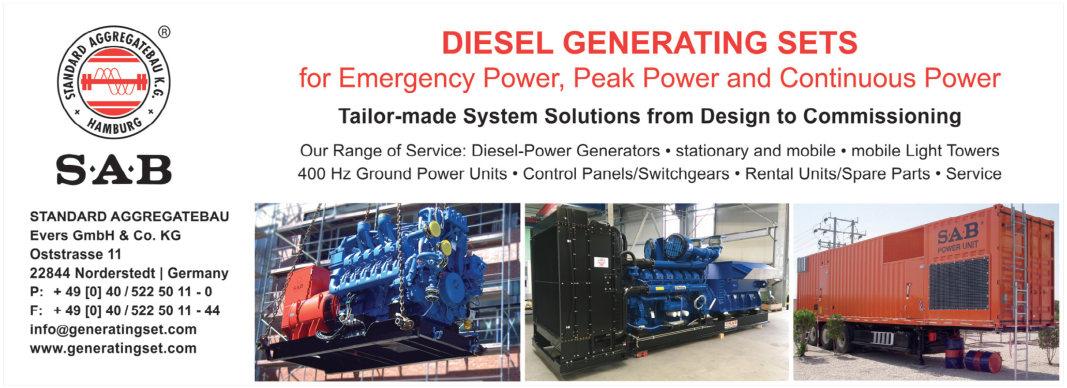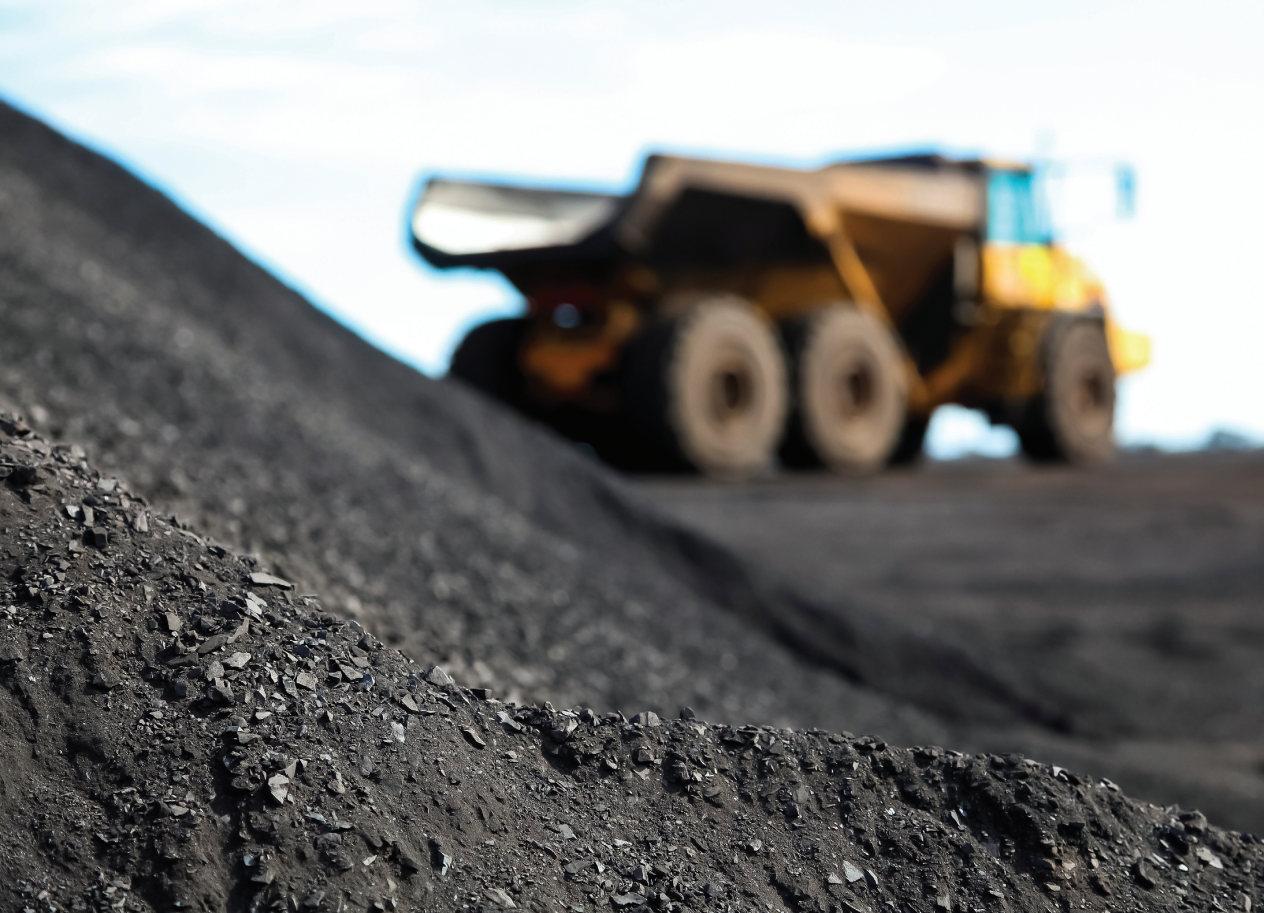
15 minute read
Construction and Mining
Photo Credit : Adobe Stock
Poised for growth
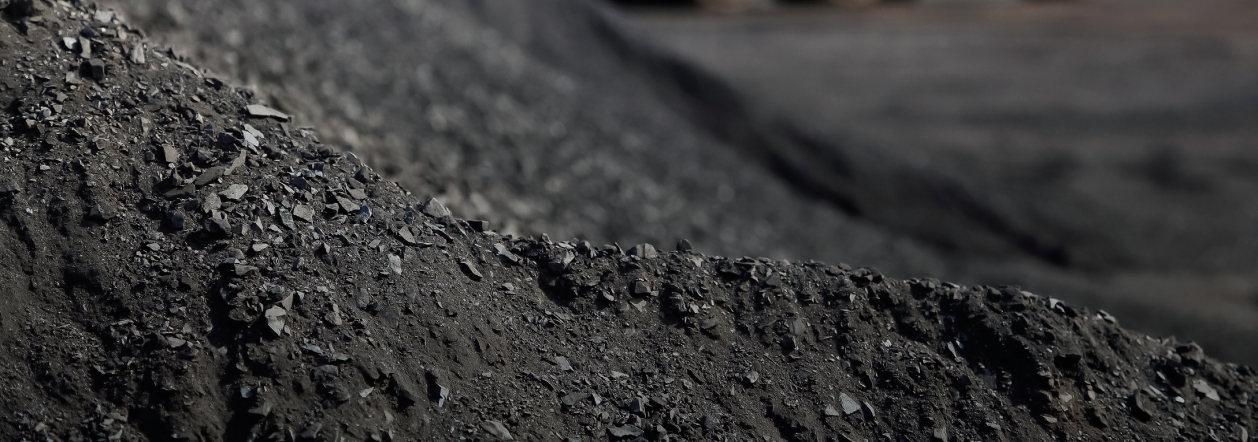
There are great expectations from the mining industry. Here, we track some technologies changing the landscape.
THINGS ARE EXPECTED to get much better for the world’s biggest mining companies.
The PwC Mine 2021 Report says that the world’s big miners have emerged stronger than ever after weathering the storms of 2020.
The International Monetary Fund hopes to see an economic growth of around 4% for the MENA region, for both 2021 and 2022, after the havoc wreaked by the effects of the coronavirus.
As the world emerges from the worst of the pandemic, several governments have made infrastructure investments a major part of their recovery plans.
Major projects in the region include the Abu Dhabi National Energy Company (Taqa) and Marubeni Corporation’s power and desalination project with Saudi Aramco, Bahrain’s metro rail project, Ras Al Khaimah’s Marjan and Saudi Arabia’s project on Qetaifan Island North.
Tracking trends
Digitalisation is improving efficiency in operations in the urban construction and mining environments. Equipment manufacturers are employing innovations and latest technologies in growing urbanisation and residential construction projects, and in mining equipment such as large excavators. The mining industry offers ease of implementation of autonomous technology too.
Metso Outotec’s sustainable screening is a technological advancement that is useful in water management.
The patented BSE Series screens enable iron ore processing even with higher natural moisture content without adding water.
“The elimination of process water ultimately results in lower processing costs, increasing the customer’s competitiveness and profitability in the iron ore global markets,” said Jouni Mähönen, vice president, screening business line, Metso Outotec.
The use of renewable energy is helping mining companies reduce power costs and control emissions in the mines.
Hitachi Construction Machinery has signed a Memorandum of Understanding with ABB to explore opportunities for mine operators to target netzero emissions from mining machinery.
The companies will explore opportunities to apply ABB’s electrification, automation and digital solutions to mining trucks and excavators provided by Hitachi Construction Machinery, leveraging both companies’ advanced engineering technologies. The combined solutions aim to enhance the efficiency and flexibility of customer businesses, contributing to the reduction of CO₂ and the realisation of a sustainable society. “The majority of mining operations worldwide remain energyintensive, with many of the current industrial processes producing significant greenhouse gas emissions. Climate change continues to impact society and communities; it is our vision through this commercial collaboration to provide solutions that can reduce our customers’ environmental footprint. We are delighted to be collaborating with ABB as we continue to invest our efforts in introducing ecofriendly technologies and systems for the mining industry, ” said Sonosuke Ishii, senior vice president and executive officer at Hitachi Construction Machinery. ■
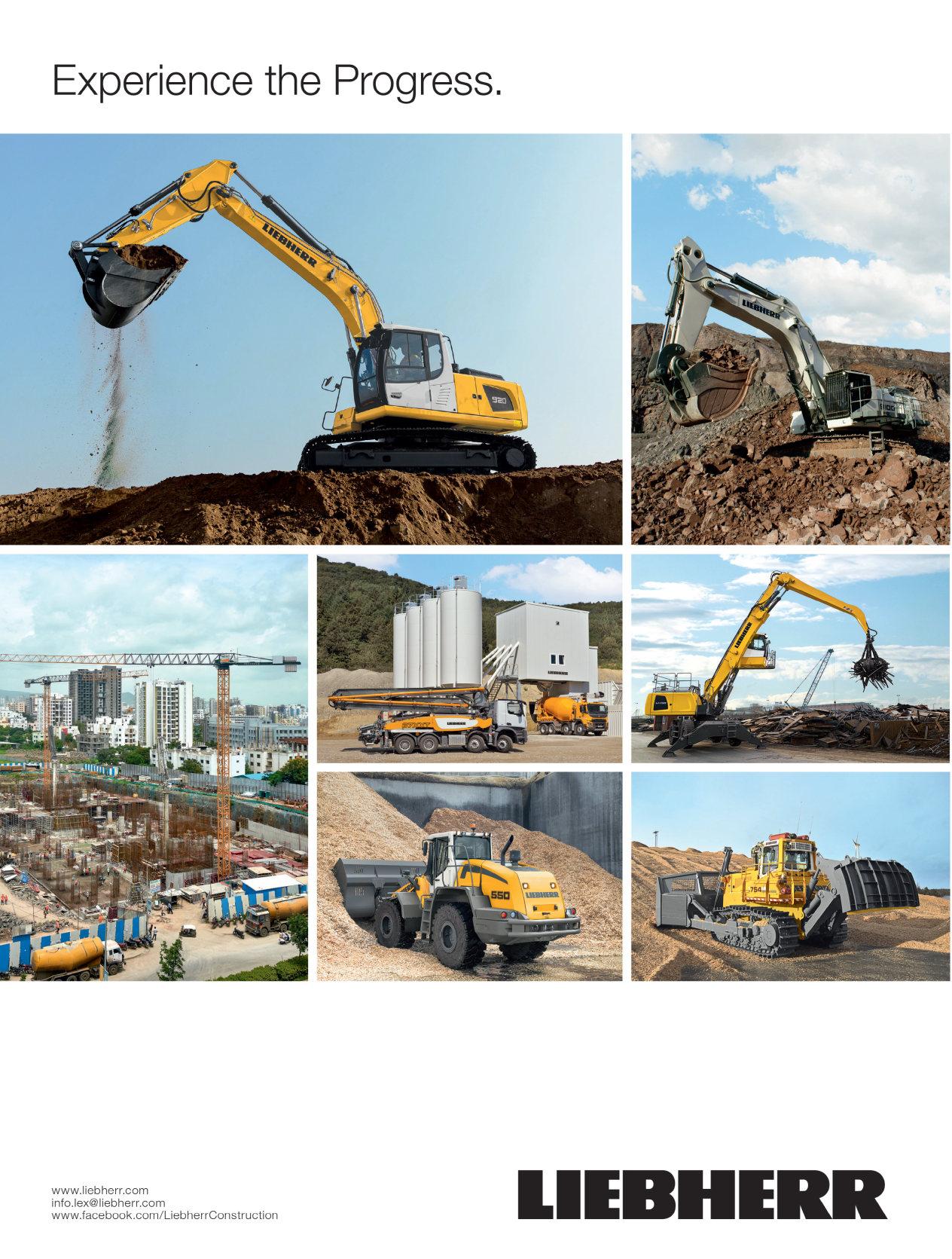
THE MINING SHOW, AN important exhibition and conference for the mining and quarrying industry in the Middle East and Africa region, will take place from 1617 November 2021, at the Festival Arena in Dubai.
The free to attend event will showcase products and solutions from companies across the globe, for sectors including heavy equipment and machinery, exploration equipment and services, safety and sustainability solutions, automation and digitisation solutions. The event will bring together stakeholders that represent the entire regional mining, quarrying and mineral processing ecosystem, offering solutions to solve business challenges.
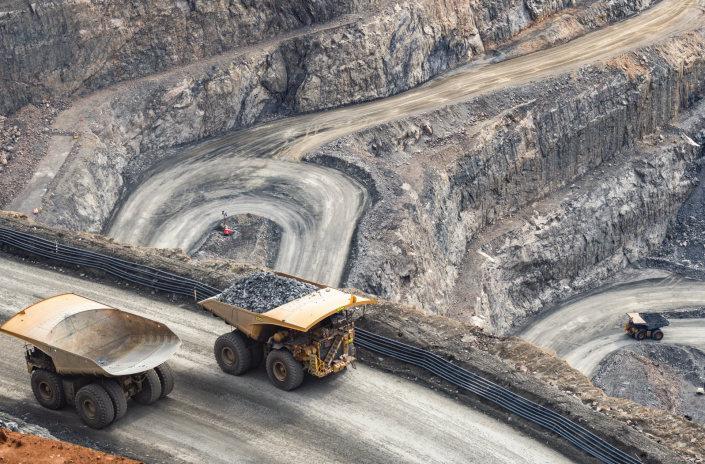
Exhibitors
This year’s exhibition will see hundreds of exhibitors from across the region bringing cutting edge products and solutions. Some companies that will be on the exhibition floor include Invest Northern Ireland , FLSmidth, Rema Tip Top, Weir Minerals, Hitachi and Zitron.
Over two days, The Mining Show 2021 will offer insights from mining and quarrying leaders across a series of presentations and panel debates. The region’s mining leaders will come together to share their expertise and look at the challenges we are all facing.
The event will showcase products and solutions from companies across the globe.
Nordgold and Columbus launch financial software solution designed for gold miners
NORD GOLD PLC, the internationally diversified one million ounce gold producer and global IT consultancy Columbus launched CN Planning Analytics for the mining industry, a corporate finance software solution tailored specifically to meet the challenges of the resources industry, in particular the gold sector.
CN Planning Analytics is a softwarebased tool which provides a user friendly interfaceto facilitate the transparent planning, measurement, monitoring and reporting of gold mining companies' financial and operating performance.
It was designed to address gold miners' common challenges when planning, measuring, monitoring and reporting their activities.
In particular, CN Planning Analytics aggregates all operating and financial data in one reliable and customisable place with all IFRS and NonIFRS Metrics based on industry methodologies; provides the ability to identify the primary source of any change in performance in a matter of seconds; automatically generates a full reporting pack immediately after the period end; compares company performance with industry best practices and peers; and provides an effective and straightforward tool to manage capex projects' life cycle, which includes tracking approvals, budget vs actual analysis and postinvestment reviews.
The software includes preconfigured budgeting and management reporting models based on industryspecific KPIs. It is designed to work with different types of mining methods including open pit, underground and mixed as well as gold processing technologies (CIL, CIP, heap leaching and BIOX). CN Planning Analytics also allows data from mine planning IT platforms to be integrated into the gold mine's financial models, which, among other things, streamlines and facilitates longterm strategic financial planning. "Having worked together with Columbus to successfully develop a powerful and convenient softwarebased management tool to support the financial management of our own operations, we recognized we had built a system that could benefit other companies in the sector as well, presenting an interesting commercial opportunity for both parties. What sets CN Planning Analytics apart is its unique focus on gold mining company performance and the fact it is adaptable to all mining and processing technologies. At Nordgold, we continue to invest in our IT capabilities which helps us drive performance, in particular as we move forward on our ambitious growth plans in the Gross region in Russia, where we have built a market leading position," said Dmitry Markeev, director of transformation and business system development of Nordgold. "Partnering with Nordgold to develop CN Planning Analytics was a unique collaboration that allowed us to combine the practical business experience of a mining company with the industry and product expertise of a consultancy. The solution's functionality has been proven by IBM and by its high performance in automating Nordgold's realworld business processes. These are the prerequisite that help us guarantee the business value of this solution to future users", said Andrey Yudaev, business development director for information and Analytical Systems at Columbus.
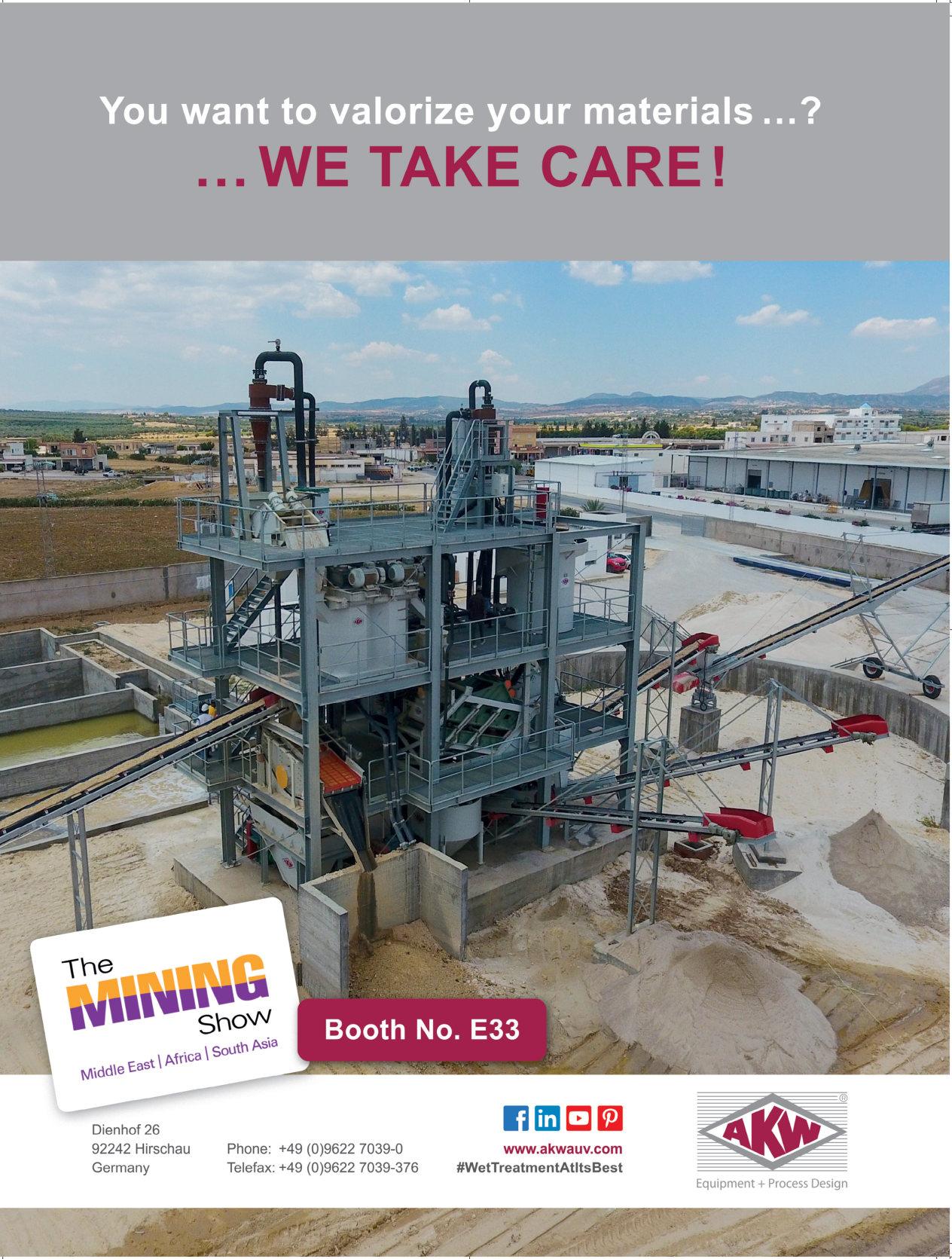
Sustainable mining: Making MissionZero possible
Deon de Kock, president, subSaharan Africa, Middle East and South Asia, FLSmidth speaks to Technical Review Middle East about how the organisation’s MissionZero programme is helping the mining industry improve performance, reduce costs and minimise the environmental impact.
FLSmidth launched MissionZero, to enable customers to move towards zero water waste, zero energy waste and zero emissions by 2030.
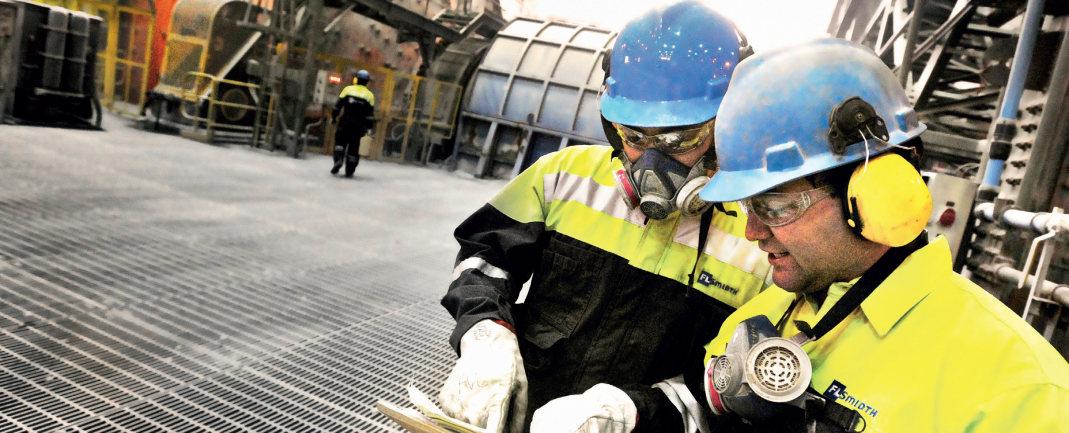
ECONOMIC GROWTH,
URBANISATION and growing populations are fuelling demand for new urban infrastructure, technology, and modern conveniences. With a concurrent move towards energy efficiency, green technology and a low carbon future, we are seeing stronger demand for electric cars, wind and solar energy as well as energy storage.
Demand for minerals is expected to double by 2050 and it is essential that governments and industry ensure that supply is reliable and sustainable.
Mining is at the centre of green energy solutions. However, the difficulty in delivering the minerals while decreasing the environmental footprint is being compounded by declining ore grades.
Rising demand, rising impact?
This has direct implications for the amounts of water and energy needed, increasing the environmental footprint of the mine. It is a challenge, but it creates opportunities to be part of the solution.
In 2019, FLSmidth launched MissionZero, to enable customers to move towards zero water waste, zero energy waste and zero emissions by 2030. This has placed it as the gotopartner for sustainable productivity –positioned to meet customer challenges, such as increasing costs and risk, tighter regulations and changing societal expectations.
FLSmidth is dedicated to the development and cocreation of digital and technologically innovative solutions that will make MissionZero possible. It is collaborating with many customers and third parties, as well as universities across the globe and open to collaboration with peers to achieve sustainable mining.
As mining processes vary, the focus is on the entire flowsheet, but with an emphasis on areas where it is possible to reduce water use, energy consumption, emissions and waste. Tailings and water management will be central but there will be a focus on pumps, flotation, IPCC and comminution.
The role of digital
FLSmidth aims to create products that use automation and digital technologies to increase efficiency, reduce energy consumption, extend the lifetime of the equipment and in general, allow operations to do more with the same or less.
Digitalisation is absolutely important to achieve sustainable and socially acceptable mining because improved sustainability and better productivity go handinhand. When firms are using less power, using less water and so on, they are having a direct impact on reducing their costs and therefore helping the bottom line.
Sustainability – a business opportunity
Sustainable solutions do not need to come at the expense of business profitability.
There is a singular desire to move the needle of the mining industry when it comes to everything related to ESG and beyond, and to do this at a quicker pace. This reinforces the belief that the MissionZero programme is needed by the industry. It will be part of the rethink that will help secure investment, futureproof our customers and ensure a minimised environmental footprint. ■
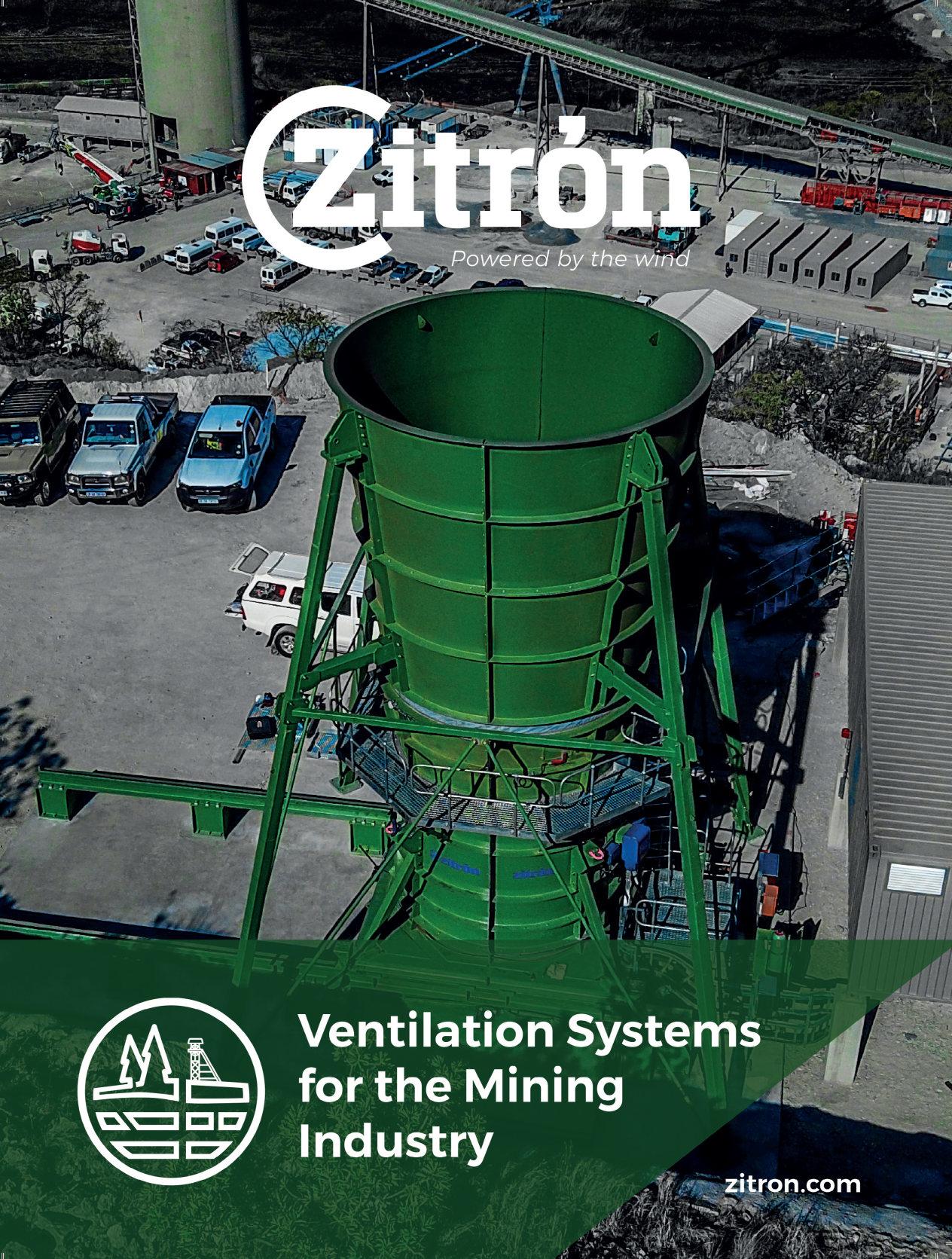
Boosting productivity
Fyna Ashwath finds out more on some of the developments that are driving growth in the region’s quarrying industry.
Photo Credit : Adobe Stock
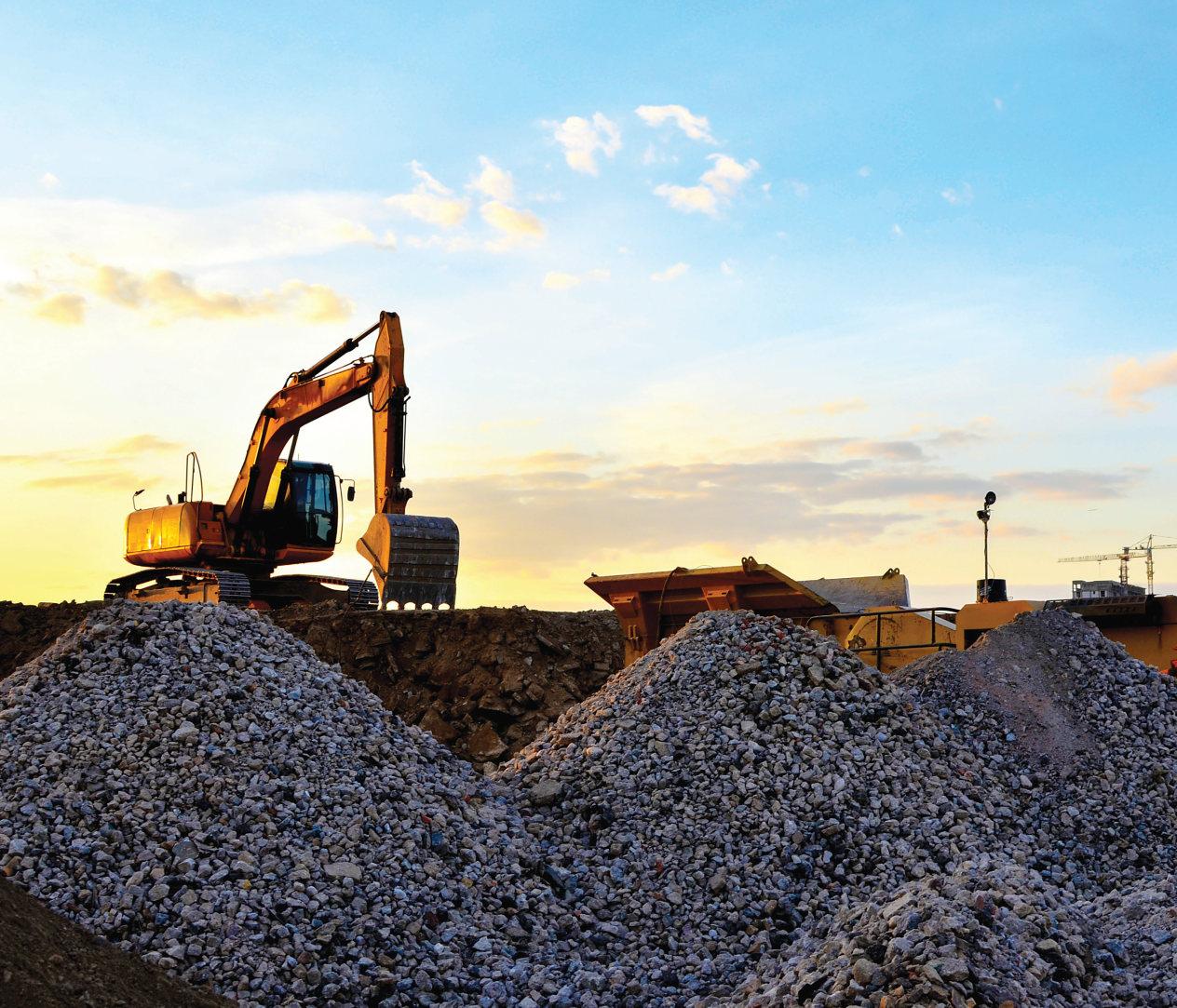
SUPPORTED BY NEW opportunities in construction and new mining regulations, the quarrying industry in the region is witnessing rapid changes.
Tracking developments
Across the region, large infrastructure and manufacturing projects are having an impact on the industry. In the UAE, the Etihad Rail’s highly anticipated national railway network announced in a virtual meeting that construction works for Package A of Stage Two were completed.
The project will have an estimated 3.5mn tonnes of construction material carried annually from Stevin Rock’s Al Ghail quarry in Ras Al Khaimah to Abu Dhabi, across 500 annual train trips. Each train will measure one kilometre in length and will haul 70 wagons that will have a carrying capacity of 7,000 tonnes per journey. Minerals Development Oman announced the start of commercial operations of the gabbro quarry in Wilayat of Liwa, Governorate of North Al Batinah, with a production capacity of 2.4 million tonnes of gabbro. Gabbro is witnessing an increased demand by many Gulf and regional markets, due to its rapid importance to the construction sector.
As in other sectors,automation, digitisation and big data are all contributing to the path towards intelligent and connected operations in the mining and quarrying industries.
The energy industry’s shift from fossil fuels to wind and solarpowered electricity and rechargeable batteries is drawing attention to the sustainability of the mining and minerals sector by creating demand for other raw materials in the earth’s crust.
Further, a number of innovations are helping in the path towards better efficiency and sustainability.
Metso Outotec, for instance, provides mineral processing solutions to help mines and quarries improve safety and energy efficiency, while lowering costs per tonne and emissions.
Water management systems are gaining increasing importance for mine and quarry operations.
CDE’s AquaCycle water management solution minimises costly water consumption by ensuring that up to 90% of process water is recycled for immediate recirculation. “In a region where an incredibly high percentage of GDP is vulnerable to water stress, it is vital an effective water management strategy is identified,” said Ruchin Garg, CDE regional manager for MENA. ■
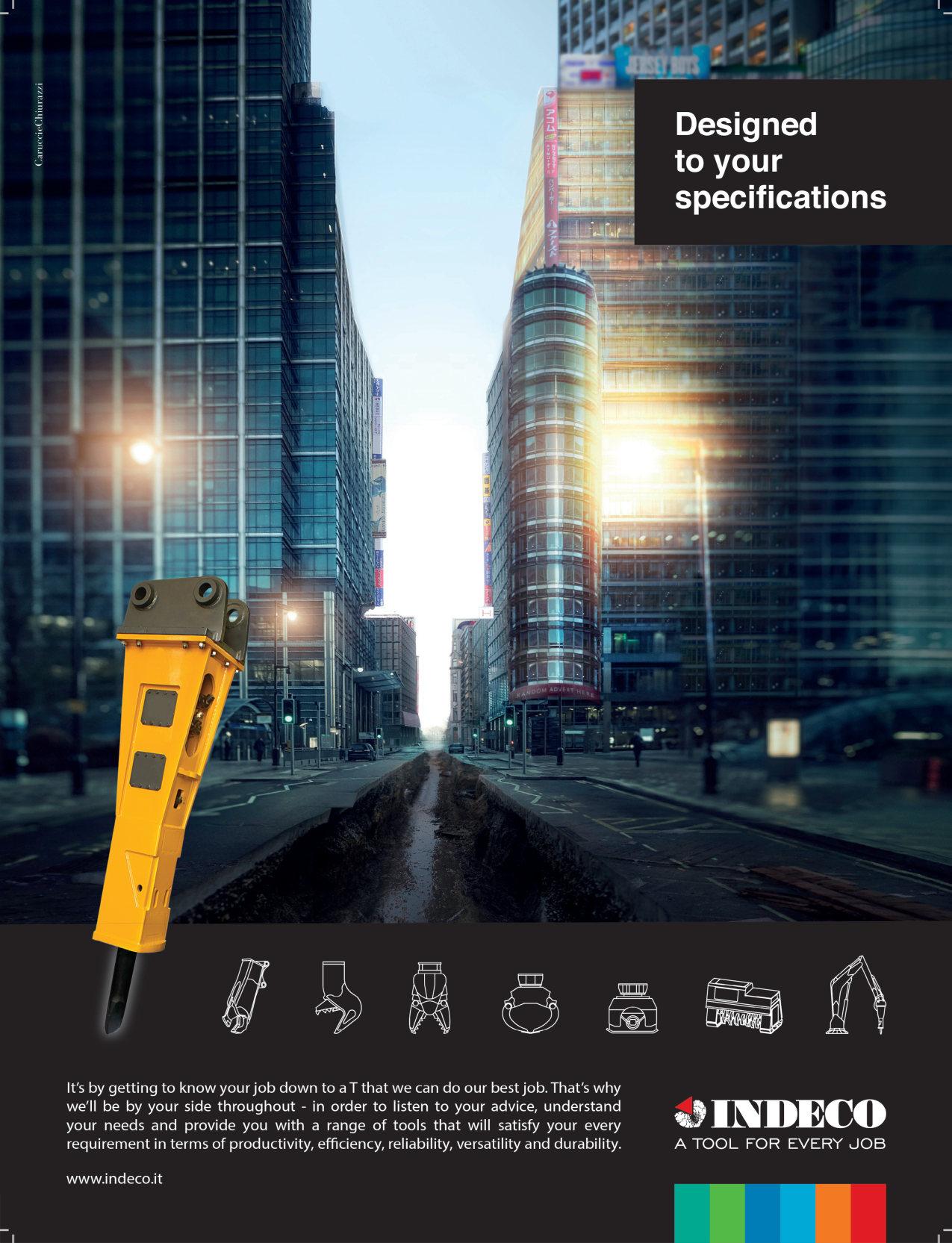
Ultrafine Sand Recovery System, AKA‐SILT, ensuring cut sizes down to 10 µm as standard.
Minimising material loss, maximising water recycling
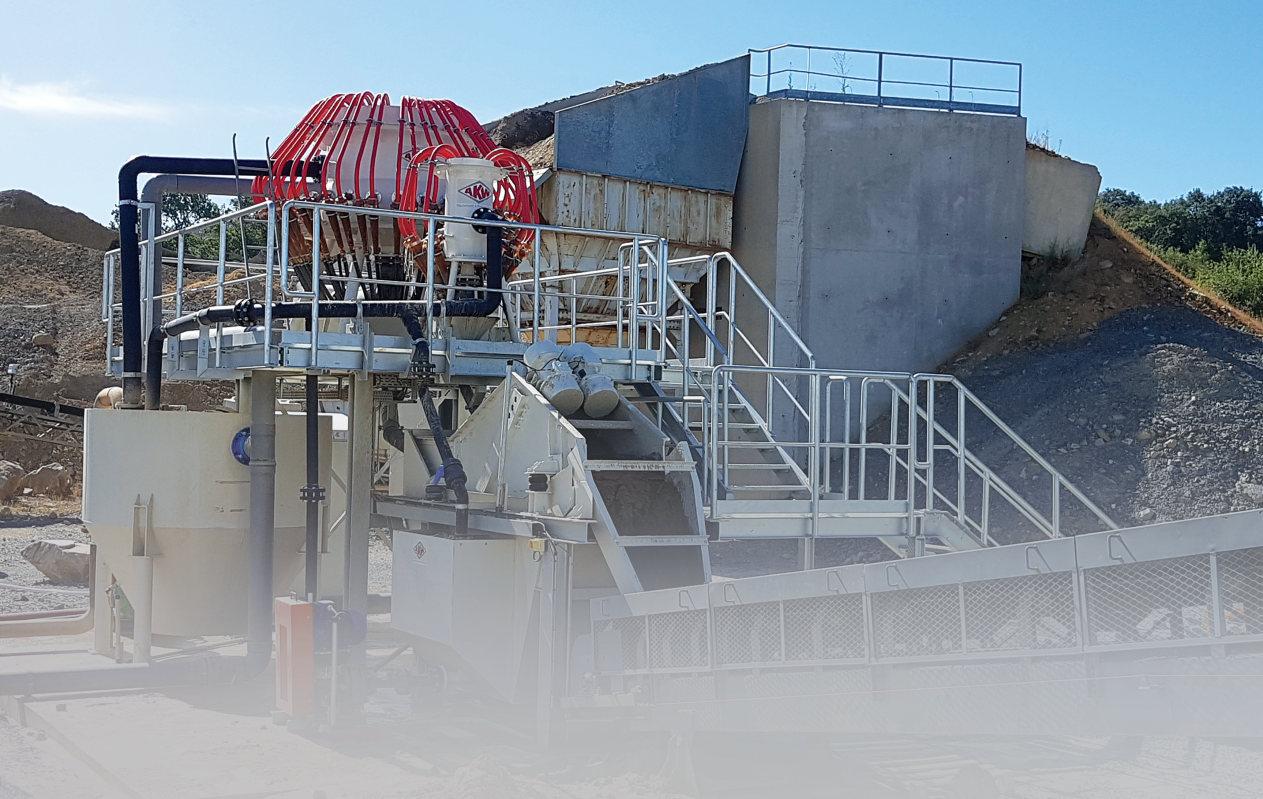
AKW Equipment + Process Design, Germany explains how its technologies are helping quarries and mines optimise water consumption and maximise the valorising of fines.
MINING OPERATIONS REQUIRE
large amounts of water and generate tailings that have an impact on the environment. The R&D department of AKW Equipment + Process Design, Germany has been engaged for many years in the development of technologies, helping quarry and mine operators optimise their water consumption, maximise the valorising of fines and extract value from tailings.
As all companies do not face the same constraints, the customisation of treatment solutions is an element of differentiation between suppliers. It is important not to over engineer a solution, but to find the right balance between the need to recycle water, the recovery of fines, the context in which the operator works and the level of investment available and required for the implementation of the different solutions.
For industrial minerals such as silica sand, most of the existing processing plants are not designed for ultrafine sand recovery, and therefore a significant amount of product is lost in the 0150 μm range. This leads to higher solid loads of the wastewater circuit which becomes more challenging to manage and operate.
In order to maximise the recovery of fines, as well as contribute to a better water management system, the AKASILT System –a combination of ultrafine hydrocyclone classification with dewatering of critical fines – has been developed, tested and meanwhile realised in industrial scale at several places.
Sludge analysis
A fundamental basis for this development is provided by the tests and sample analyses carried out in the company's own technical centre. AKW Equipment + Process Design technical centre is equipped with all the important equipment and process units in order to execute and simulate the necessary and important steps in wet mechanical processes. For the specific process of the AKASILT system, the optimal cut size for the best possible sand recovery is determined (target in this case = minimum 50% wt).
For this purpose, the sludge sample is analysed in order to obtain the following parameters: • the grain size distribution • the solids concentration of the sludge
On this basis, AKW Equipment + Process Design was able to evaluate a concept to recover a portion of the sludge. In the example below, the cut size d50 is at 1015 µm, so the AKASILT system must be sized to recover the fraction > 10 µm, respective to a recovery target of 50%.
Process description
How does it work? From an existing treatment plant, approximately 200 m³/h of solidsloaded process water is fed to a pump sump via a pump. With an additional wear resistant slurry pump, the suspension is fed to a first AKASPIDER hydrocyclone classification distributor. An installed antiblocking filter, AKASTRAINER, retains any larger particles that may be present and thus avoids blockages in the distributor, which could lead to variances in the classification. The material is classified at 10 μm by using proprietary AKAVORTEX highperformance polyurethane hydrocyclones. The hydrocyclone overflow <10 μm is directed into the wastewater treatment line, whereas the hydrocyclone underflow fraction >10 μm is directed to a second AKASPIDER hydrocyclone stage that will thicken the suspension prior to its dewatering into a marketable ultrafine sand (10150 μm).
In parallel, the solid content being significantly reduced in the wastewater treatment line, the handling of this circuit is significantly eased and can run with a higher efficiency and ecological footprint, especially as result of a lower usage of flocculant.
Products
Both the ultrafine sand (10150 µm) and the pure clay (010 µm) can be sold as products for processing industries.
The ultrafine sand is used as an additive to concrete and mortar, the pure clay is used, among other things, as a sealing material. Analyses have shown that this clay deposited in the sedimentation basin has an excellent degree of purity, which enables its further use in other specific applications, such as in the brick industry. By maximising the total material utilisation yield of a quarry and optimising the overall wastewater treatment flow, the AKA-SILT system allows the customer to reach a high environmental standard without compromising on its product’s quality and overall profitability.
Conclusion
For environmental and economic reasons, AKW Equipment + Process Design has developed a process by which ultrafine sand can be recovered. Small hydrocyclone distributors in connection with a special dewatering screen have proven themselves for this application. The multistage process makes it possible to reduce the loss of product and to maximise the recovery of fine sand, as well as to reduce the load of sludge sedimentation ponds.
The AKASILT system can be installed as an additional unit in existing plants. By maximising the total material utilisation yield of a quarry and optimising the overall wastewater treatment flow, it allows the customer to reach a high environmental standard without compromising on its product’s quality and overall profitability.
The AKASILT system can be installed as an additional unit in existing plants. By maximising the total material utilisation yield of a quarry and optimising the overall wastewater treatment flow, it allows the customer to reach a high environmental standard without compromising on its products quality and overall profitability. ■
About AKW Equipment + Process Design, Germany
AKW EQUIPMENT + PROCESS Design is an internationally oriented specialist for process technology, engineering, equipment as well as plant construction and service in the field of mineral processing and environmental technology.
Based on its process engineering developments, the company offers tailored solutions for all stages of the process chain. Depending on the application, systems are planned and constructed from stationary or semimobile to highly mobile in containers, on rolloff frames or semitrailers.
Process development and plant construction from AKW Equipment + Process Design are based on many years of experience, professionalism and knowhow. Modern system technology and own proprietary equipment, combined with purchased elements, guarantee problemoriented solutions and a consistently high and international level of quality.
